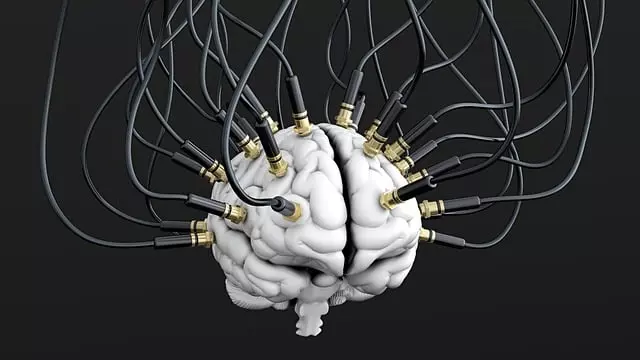Application of bioinformatics tools in brain research
Introduction to bioinformatics in brain research
Nowadays, brain research has become one of the promoting issues in neurology and neuroscience. Thanks to the combination of modern technology and bioinformatics, scientists have access to vast amounts of data that can contribute to unraveling the mysteries of the human brain and understanding the mechanisms underlying various neurological diseases.
Bioinformatics is a scientific field that combines biology, computer science and statistics to enable the analysis and interpretation of vast biological data sets. In the context of brain research, bioinformatics tools are becoming indispensable, enabling researchers to identify key patterns and relationships in neurological data.
Basic bioinformatics tools
At the outset, it is worth noting that brain research uses a number of bioinformatics tools to help analyze data from various sources. Among them we distinguish:
Through the integrated use of these tools, researchers can more effectively study the complexity of the brain and how it functions in the context of health and disease.
Analyzing genomic data
One of the key applications of bioinformatics in brain research is the analysis of genomic data. This research allows the identification of genes that may be associated with specific brain functions or with a predisposition to unique neurological conditions, such as depression or schizophrenia.
Using whole-genome sequencing, researchers can analyze genetic differences between healthy individuals and those suffering from various neurological disorders. Bioinformatics tools, such as biostatistics and machine learning algorithms, make it possible to uncover patterns and relationships that may be key to better understanding these conditions.
Brain imaging and analysis
Imaging studies play an extremely important role in neuroscience. fMRI, for example, captures brain activity in real time. However, the resulting data is incredibly complex and difficult to interpret without the right analysis tools.
Bioinformatics software makes it possible to process and analyze this data, leading to the identification of active brain areas, as well as changes associated with various pathological conditions. Through these analyses, researchers can better understand the neuroanatomical basis of human behavior and cognitive function, and develop therapeutic strategies for patients with neurological disorders.
Mathematical modeling in brain research
Mathematical modeling plays an important role in understanding complex biological systems, such as the human brain. Bioinformatics tools, such as computer simulations, allow the creation of models that can reproduce the dynamics and activity of neurons.
With these models, researchers can analyze how various factors, such as genotype, environment and access to therapy, affect brain health. As a result, responses to treatment can be more effectively predicted and new therapeutic interventions can be developed.
Practical application of bioinformatics tools in neurological therapy
As bioinformatics tools evolve, their use in practical neurological therapy is becoming more widespread. Analytical systems are being used to monitor patients' conditions and also to predict their response to therapy.
An example of the application of bioinformatics is treatment personalization, where a patient's genetic data is used to select the most effective drugs. Through the use of data analytics, doctors can more precisely determine which therapies will have a beneficial effect on a particular patient, increasing the effectiveness of treatment methods.
The future of bioinformatics in brain research
In the future, we can expect the development of bioinformatics in brain research to contribute to an even deeper understanding of the functioning of the nervous system. Integrating data from different sources, such as genomics, proteomics and imaging data, will create complex models that can predict behavior and brain responses in different contexts.
More advanced data analysis techniques, such as deep learning and artificial intelligence, will certainly become key tools in future research. They will enable us to uncover new relationships and mechanisms that were previously undiscovered, which will consequently benefit the development of therapies and treatments for neurological diseases.
Summary
Bioinformatics has played and continues to play a key role in brain research, opening up new research and therapeutic opportunities. With the help of advanced analytical tools, researchers can gain valuable insights into how the brain functions, resulting in more effective treatments and therapies.
Understanding the complex processes of the human brain requires close collaboration between specialists from different fields, and bioinformatics is becoming the link that will integrate all of these elements. We can already see the great potential of combining biological sciences with modern information technologies, and the future of brain research is sure to bring even more surprises and innovations.

Add comment